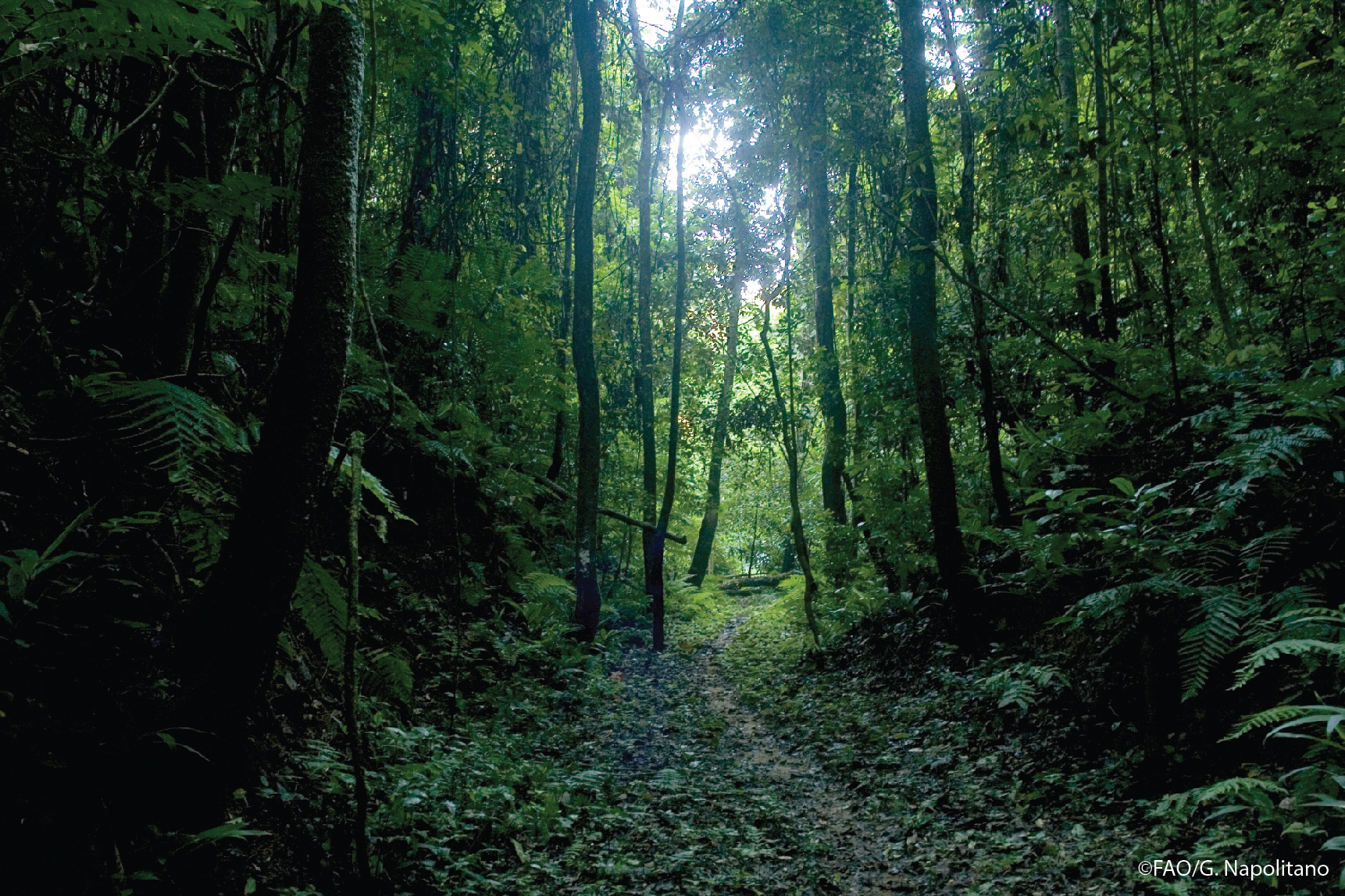Forest genetic resources
![]() Forests and other woodlands provide numerous goods and services that are essential to people’s livelihoods and well-being. Trees are also keystone species of forest ecosystems, which harbour the vast majority of Earth’s terrestrial biodiversity. Forest genetic resources are the heritable materials maintained within and among tree and other woody plant species that are of actual or potential economic, environmental, scientific or societal value. Forest genetic resources are crucial for the adaptation and evolutionary processes of trees and other woody plant species, as well as for increasing the productivity of both natural and planted forests.
Forests and other woodlands provide numerous goods and services that are essential to people’s livelihoods and well-being. Trees are also keystone species of forest ecosystems, which harbour the vast majority of Earth’s terrestrial biodiversity. Forest genetic resources are the heritable materials maintained within and among tree and other woody plant species that are of actual or potential economic, environmental, scientific or societal value. Forest genetic resources are crucial for the adaptation and evolutionary processes of trees and other woody plant species, as well as for increasing the productivity of both natural and planted forests.
Forest genetic resources face several threats. Land-use change, i.e. the conversion of forests to crop fields and pasture lands, is a major driver of losses. Other threats include overexploitation, selective harvesting and high tree mortality due to extreme climatic events or outbreaks of pests or diseases. These threats can result in local population extinction and genetic erosion. Conservation and sustainable use of forest genetic resources are therefore necessary to ensure that present and future generations continue to benefit from forests and trees.
Main outcomes CGRFA-20:
- The Second Report on the State of the World’s Forest Genetic Resources welcomed
- Launch of the Global Information System on Forest Genetic Resources (SilvaGRIS) welcomed
- Global Plan of Action for Forest Genetic Resources and draft Conference resolution reviewed and revised and Director-General invited to bring them to the attention of the FAO Conference with a view to their possible adoption
Key publications
Working Group on FGR
Interactive story

Publications
- Delivering tree genetic resources in forest and landscape restoration
- Trees, tree genetic diversity and the livelihoods of rural communities in the tropics
- Indicators of the genetic diversity of trees – State, pressure, benefit and response
- Genetic considerations in ecosystem restoration using native species
Related links
- SilvaGRIS
- FAO’s work on forest genetic resources
- FAO’s work on forestry
- UN Decade on Ecosystem Restoration







